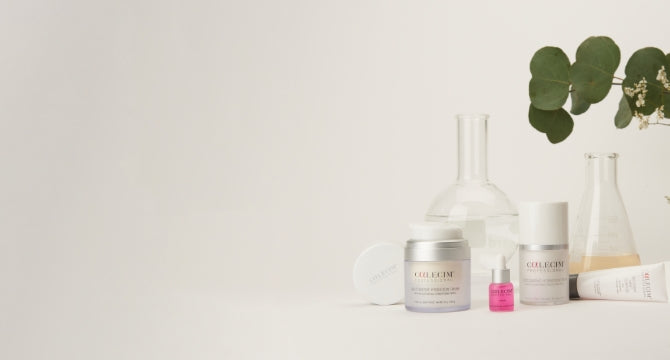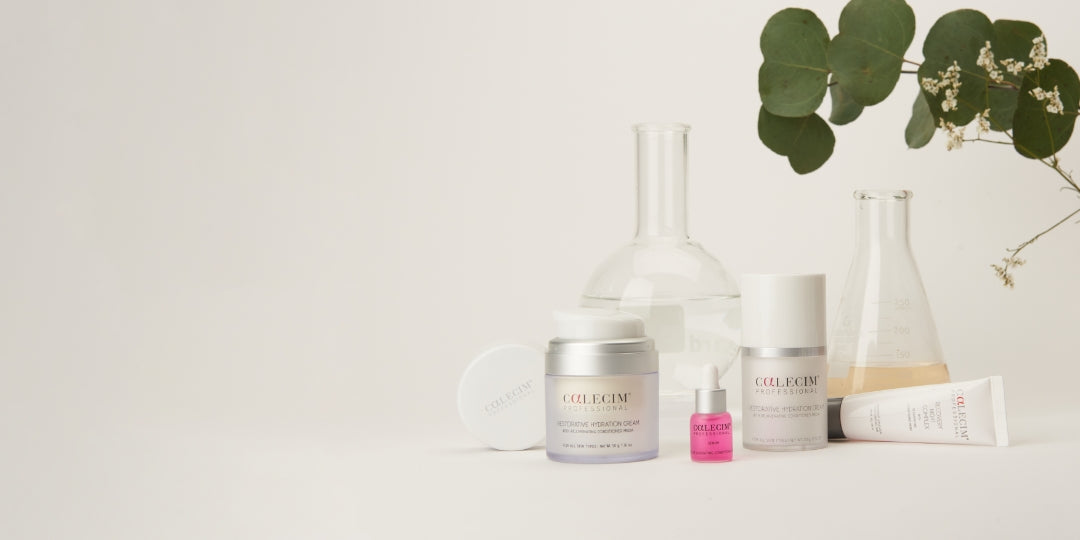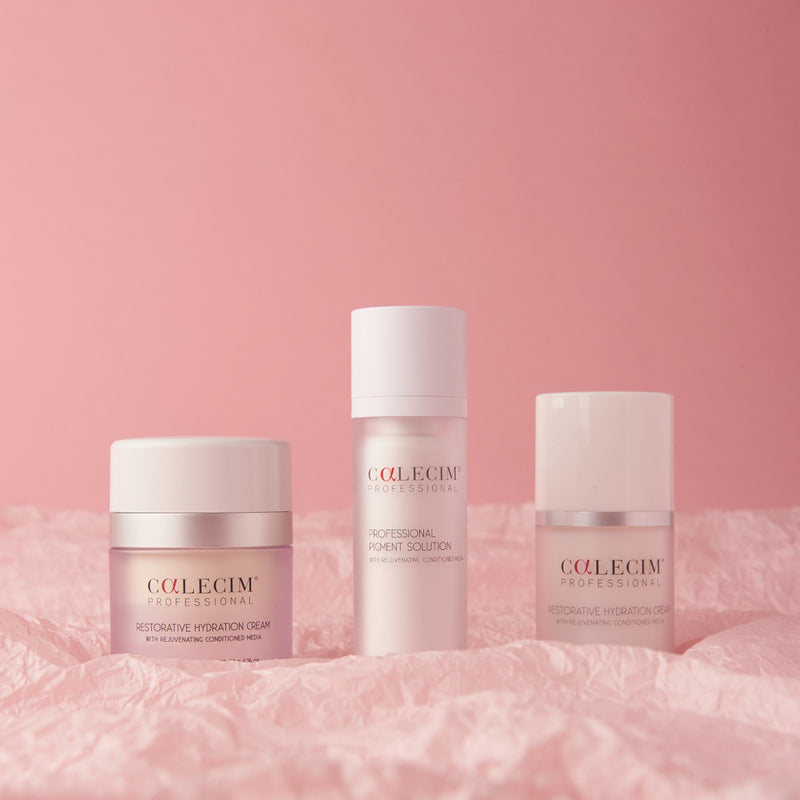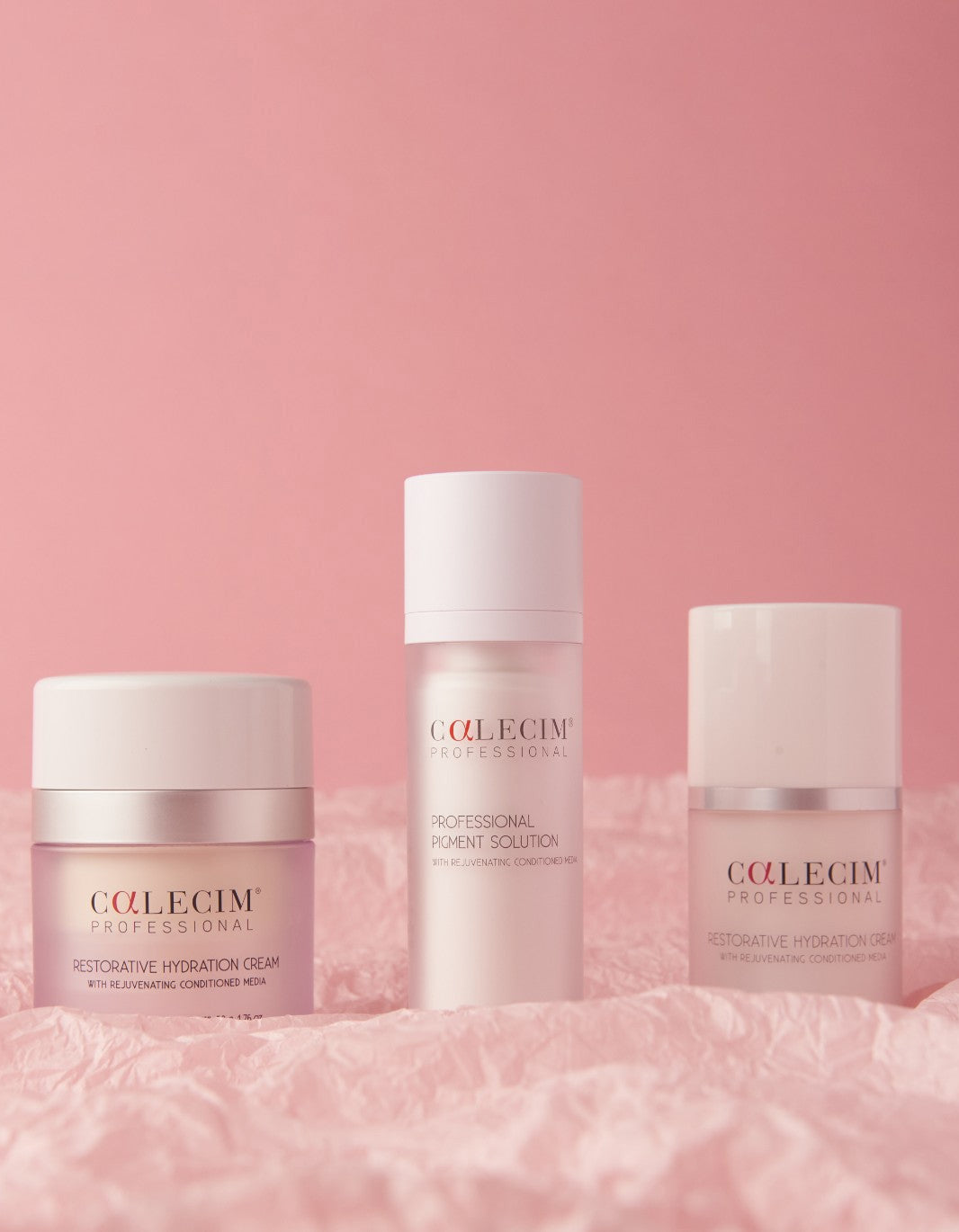I tried the new wonder serum for thinning hair
A revolutionary treatment to regenerate follicles promises to restore your mane in just six weeks — and you can even apply it at home

Thinning hair is one of the banes of life, and it has been exacerbated by the pandemic. It has been one of the most reported Covid-19 side effects, with up to 37 per cent of symptomatic patients developing acute telogen effluvium, a type of hair loss caused by stress and inflammation.
As a perimenopausal woman aged 48, I find that thinning hair is also a topic of much discussion among my friends. Many of us are alarmed by dramatic shedding cycles due to fluctuating hormone levels — a condition called female pattern baldness.
Nonetheless, apart from hair extensions, the regrowth procedures available remain unsatisfactory. And believe me, I know. I’ve tried them all, including treatments such as PRP (platelet-rich plasma), where blood is drawn from the patient’s arm, centrifuged to collect the plasma containing stem cells and growth factors, then injected back into the scalp to stimulate hair growth. The problem here is that age and lifestyle factors such as smoking or even a common cold will affect the quality of your plasma, and poor-quality plasma equates to a poor-quality result. Other topical options such as drugs, for instance Regaine (aka Minoxidil), come with potential side effects of acne and scalp soreness.
The hair crisis in our household reached a head (forgive the pun) when my 78-year-old mother, who has long Covid, phoned me in tears at the end of the summer complaining about fairly dramatic hair thinning around her temples. And then serendipity called in the form of the Singapore-based surgeon Dr Ivor Lim. He has been pioneering a new hair regrowth serum, Calecim Professional Advanced Hair System, which he said was showing extremely promising results.
The serum contains a patented complex of stem-cell proteins, ethically sourced from red deer umbilical cords (the deer are reared for their antler velvet, and the process involves no harm to mother or fawn). This is stamped into the scalp via a dermastamp or microroller weekly for six weeks and can be administered either in clinic (one treatment from £350 at drmedispa.com) or DIY style at home (kits from £386 at calecimprofessional.com).
The system claims to regenerate dormant hair follicles (rather than dead ones, which cannot be reactivated) using Calecim’s proprietary active ingredient, PTT-6, a stem-cell compound that contains more than 3,000 proteins, including growth factors and cytokines. In-vitro studies have shown that PTT-6 contributes to an increase in dermal papilla-cell proliferation. This can thicken hair, since a follicle supported by invigorated dermal papilla cells is more likely to produce healthy hair. In a few cases, documented with very compelling before-and-after pictures, it has even seemed to restore hair colour in people who have gone grey. Lim explains how this might be happening: “When applied to the scalp, PTT-6 messages your own cells to behave as they did when they were younger. This means low inflammation, vigorous follicles and productive melanocytes — the pigment producing cells around the hair follicle.” But before anyone gets too excited I must add the caveat that this is strictly anecdotal and proper clinical observations are ongoing.
And yet, an article published in Plastic and Reconstructive Surgery journal in June this year detailed how Calecim has been effective in treating Covid-19-induced telogen effluvium. Furthermore, my mother, who has now completed her six-week programme, is sprouting quite significant new tufts of hair. The serum has, by all reports, been working well on men too, and word of its efficacy is growing. It is being used in many hair-loss clinics around the world.
Growing new hair requires patience, so don’t expect overnight success — hair regrowth is noticeable at six weeks but for optimal results I’d suggest repeating the six-week course a couple of times. Keep this up (I certainly will) and by summer that longed-for bountiful mane could be yours.































